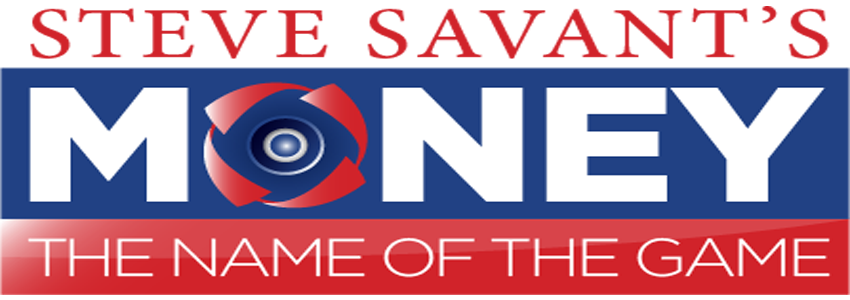 Mesa 6/21/2019 10:00:00 AM
Mesa 6/21/2019 10:00:00 AM
News / Finance
Cash Value Life Insurance Can Generate Tax Free Income
Done Right It’s Almost Undefeatable, Done Wrong It’s Always Indefensible

Tax-free income from a TAMRA compliant cash value life insurance policy is comprised of withdrawals of basis and policy loans of gain from a contract kept in force for the life of the policy insured. There are currently four crediting methods for cash values life insurance: Participating Whole Life, Universal Life, Indexed Universal Life and Variable Universal Life.
Participating Whole Life Insurance can be optimized to generate more than 5 percent with its base policy and no other riders. But a minimized base policy with a “paid-up additions rider” for excess contributions can generate 5.5 percent. Keep in mind the best in this category could be returning dividends (a combination of portfolio returns and unused premiums) north of those numbers. Dividends are not guaranteed, but the top par whole contracts have guaranteed cash values backed by company reserves. The draw back is these contracts are not as flexible as their universal life counterparts, making them a bit restrictive. But if you like the returns and guarantees that go with it, participating whole life could be you.
Current Interest Rate Universal Life Insurance is flexible, but with the protracted low-interest-rate environment, it has fallen out of favor. At its conception it was crediting double-digit returns. Today, the guarantees have been lowered and the current crediting interest rates are low when compared to participating whole life. But if rising interest rates returned again, it could once again become a popular choice for conservative savers. But the big news here is many Americans have these policies with 4-percent guaranteed interest rates. You should order an in-force ledger to determine if over-funding these contracts makes sense for you.
Indexed Universal Life provides limited access to domestic and foreign indices; i.e., no dividends and may have earning caps, participation rates and/or spreads. But the trade off is that the crediting account will never credit a negative return, so zero is your worst scenario, with downside market protection. On the other side of the balance sheet, you have policy expenses like most financial products. So you could have a zero crediting year minus your policy expenses and experience an actual loss. That’s full disclosure.
Variable Universal Life provides access to equity and bond subaccounts that charge a management fee and traditional life insurance policy expense loads. The extra fees have to be assessed against the tax savings to determine if the arbitrage between them has economic value. For high-tax-bracket investors, the tax savings overcome the extra expense.
TAMRA compliant cash value life insurance can be a significant part of tax diversification in your retirement portfolio and generate income to augment your qualified plans, non-qualified monies and Social Security benefits.
